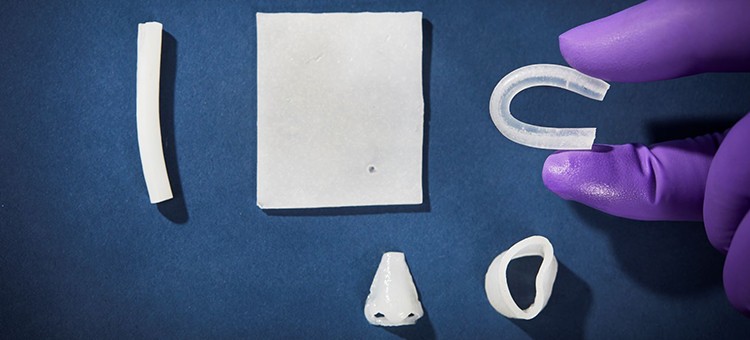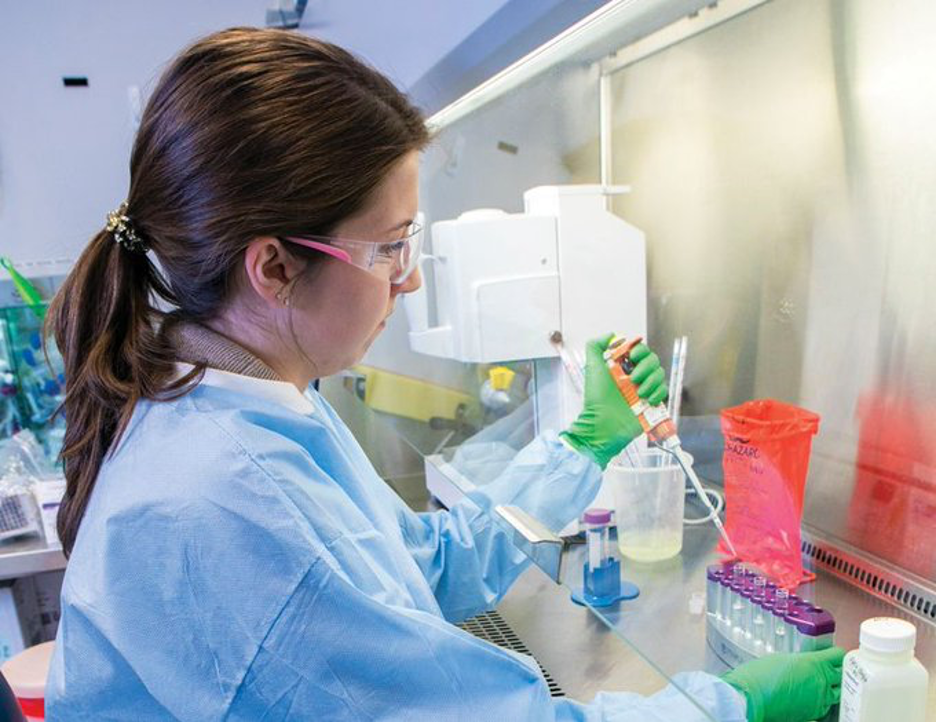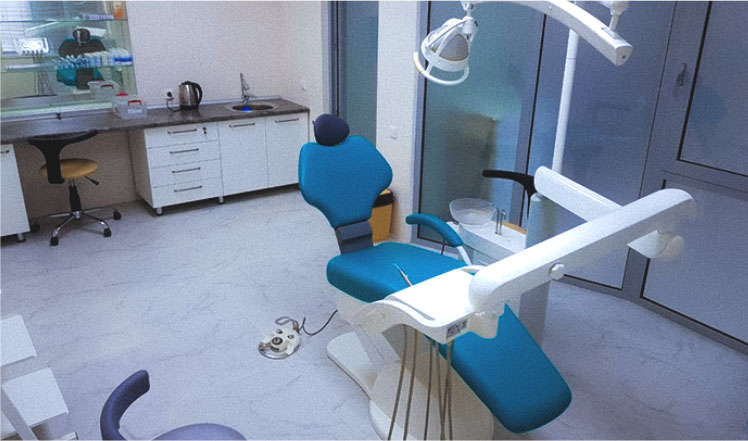SWEDISH RESEARCHERS DEVELOP NANO-RUBBER THAT COULD REPLACE HUMAN TISSUE

Introducing foreign objects and materials into the body is fraught with difficulties – from rejection to serious infections which can sometimes be life-threatening. But what about materials consisting solely of components which have already been shown to cause no significant issues?
A team of researchers from the Chalmers University of Technology have recently published an article in the journal ACS Nano, detailing the nanostructuring of a plexiglass-like material to achieve a bone-like structure which yielded unexpected results.
The novel nano-structured rubber-like material shows promise as a medical-grade substance that could save lives. Image courtesy of the Chalmers University of Technology “We were really surprised that the material turned to be very soft, flexible and extremely elastic. It would not work as a bone replacement material, we concluded. But the new and unexpected properties made our discovery just as exciting,” said co-author Anand Kumar Rajasekharan, PhD. Owing to its structure, the new rubber-like material can be easily treated to obtain antibacterial properties by sticking antimicrobial peptides onto its surface. This allows the material to be safely injected into the body where it forms its own elastic structures or 3D-printed into various patterns as required. Furthermore, the nano-rubber created by Rajasekharan and his colleagues contains three-dimensionally ordered nano-pores that can be loaded with medicine for localised treatment, which could help reduce side effects typically associated with oral and intravenous administration of drugs. “I am now working full time with our newly founded company, Amferia, to get the research out to industry. I have been pleased to see a lot of real interest in our material. It’s promising in terms of achieving our goal, which is to provide real societal benefit,” said Rajasekharan. Sources: article, chalmers.se




